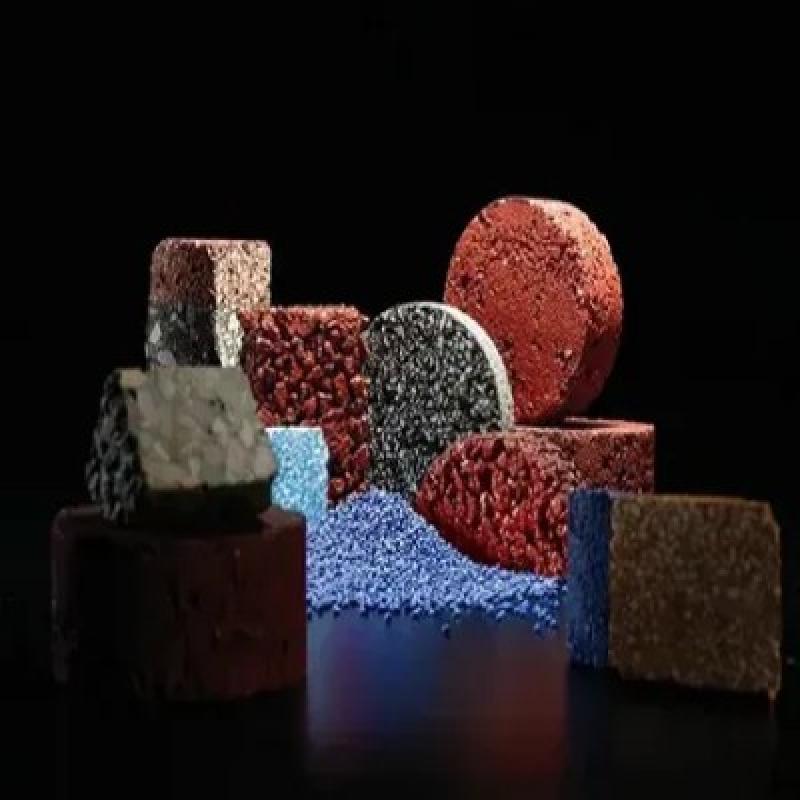Iron Oxide Applications Industries Growth Trends Analysis Comprehensive Overview 2025
Iron oxide represents one of the most versatile and widely utilized chemical compounds across numerous industrial sectors. This naturally occurring mineral compound, consisting of iron and oxygen atoms, has established itself as an indispensable material in manufacturing, construction, cosmetics, and pharmaceutical industries. The compound exists in various forms, each offering unique properties that make it suitable for specific applications ranging from pigmentation to magnetic storage solutions.
Chemical Properties and Structural Characteristics of Iron Oxide Compounds
Iron Oxide compounds exhibit remarkable chemical stability and diverse structural configurations that contribute to their widespread industrial adoption. The most common forms include hematite, magnetite, and goethite, each possessing distinct crystalline structures and magnetic properties. Hematite, the most stable form under ambient conditions, displays excellent resistance to weathering and chemical degradation, making it ideal for long-term applications in paints and coatings.
The molecular structure of Iron Oxide determines its color characteristics, with variations ranging from yellow and red to brown and black. These natural color variations eliminate the need for synthetic dyes in many applications, providing manufacturers with environmentally friendly alternatives. The compound's high melting point and thermal stability enable its use in high-temperature applications, while its non-toxic nature makes it suitable for food-grade and pharmaceutical applications.
Iron oxide particles can be engineered to specific sizes and shapes, allowing for customized performance characteristics in different applications. Nanoparticle forms of iron oxide demonstrate unique magnetic properties and enhanced reactivity, opening new possibilities in advanced technological applications including medical imaging and targeted drug delivery systems.
Industrial Manufacturing Applications and Production Processes
The manufacturing sector heavily relies on iron oxide for various production processes, with the pigment industry representing the largest consumer segment. Paint and coating manufacturers utilize iron oxide pigments for their exceptional opacity, durability, and color stability. These pigments provide superior coverage compared to organic alternatives while maintaining color integrity under prolonged UV exposure and harsh environmental conditions.
Ceramic and glass industries incorporate iron oxide as both a colorant and flux agent. In ceramic production, iron oxide influences the final product's mechanical strength and thermal properties while providing desired aesthetic qualities. Glass manufacturers use iron oxide to achieve specific color tones and to improve the material's thermal expansion characteristics.
The construction industry utilizes iron oxide in concrete and asphalt applications, where it serves dual purposes as a pigment and performance enhancer. Iron oxide additions improve concrete's durability and resistance to environmental degradation while providing architectural color options for decorative concrete applications. In asphalt production, iron oxide enhances the material's thermal properties and provides improved visibility for road marking applications.
Steel and metallurgical industries employ iron oxide as a raw material in iron production and as a polishing compound for metal finishing operations. The compound's abrasive properties make it valuable for surface preparation and finishing processes across various metal fabrication applications.
Pharmaceutical and Healthcare Sector Utilization
Iron oxide plays a crucial role in pharmaceutical formulations, particularly as an excipient in tablet and capsule manufacturing. The compound's inert nature and excellent stability make it ideal for use in drug delivery systems where consistent performance and biocompatibility are essential. Pharmaceutical manufacturers utilize iron oxide pigments to color-code medications, improving patient safety through visual identification systems.
In medical imaging applications, specially formulated iron oxide nanoparticles serve as contrast agents for magnetic resonance imaging procedures. These biocompatible formulations enhance image clarity and diagnostic accuracy while maintaining patient safety standards. The development of targeted iron oxide contrast agents represents a growing area of medical technology advancement.
Nutritional supplement manufacturers incorporate pharmaceutical-grade iron oxide in iron deficiency treatments and dietary supplements. The compound's bioavailability and safety profile make it suitable for addressing iron deficiency disorders across diverse patient populations. Quality control standards in pharmaceutical iron oxide production ensure consistent purity levels and eliminate potentially harmful contaminants.
Cosmetics and Personal Care Product Integration
The cosmetics industry extensively utilizes iron oxide pigments in makeup formulations, skincare products, and color cosmetics. These mineral-based pigments provide natural color options while offering superior skin compatibility compared to synthetic alternatives. Foundation makeup, eye shadows, and lip products frequently incorporate iron oxide pigments for their color stability and non-comedogenic properties.
Sunscreen formulations benefit from iron oxide additions, which provide additional UV protection beyond traditional chemical and physical blockers. Iron oxide particles offer broad-spectrum protection while contributing to the product's cosmetic appeal through color matching capabilities. This dual functionality makes iron oxide valuable in modern sunscreen development.
Personal care manufacturers appreciate iron oxide's natural origin and safety profile, particularly in products intended for sensitive skin applications. The compound's hypoallergenic characteristics and stability under various storage conditions contribute to product reliability and consumer satisfaction.
Get This Report in Japanese Language: 酸化鉄
Get This Report in Korean Language: 산화철
Read More Articles Related to this Industry- Fluorspar in the Chemical Industry: Role in Hydrofluoric Acid Production
About Author:
Ravina Pandya, Content Writer, has a strong foothold in the market research industry. She specializes in writing well-researched articles from different industries, including food and beverages, information and technology, healthcare, chemical and materials, etc. (https://www.linkedin.com/in/ravina-pandya-1a3984191)
